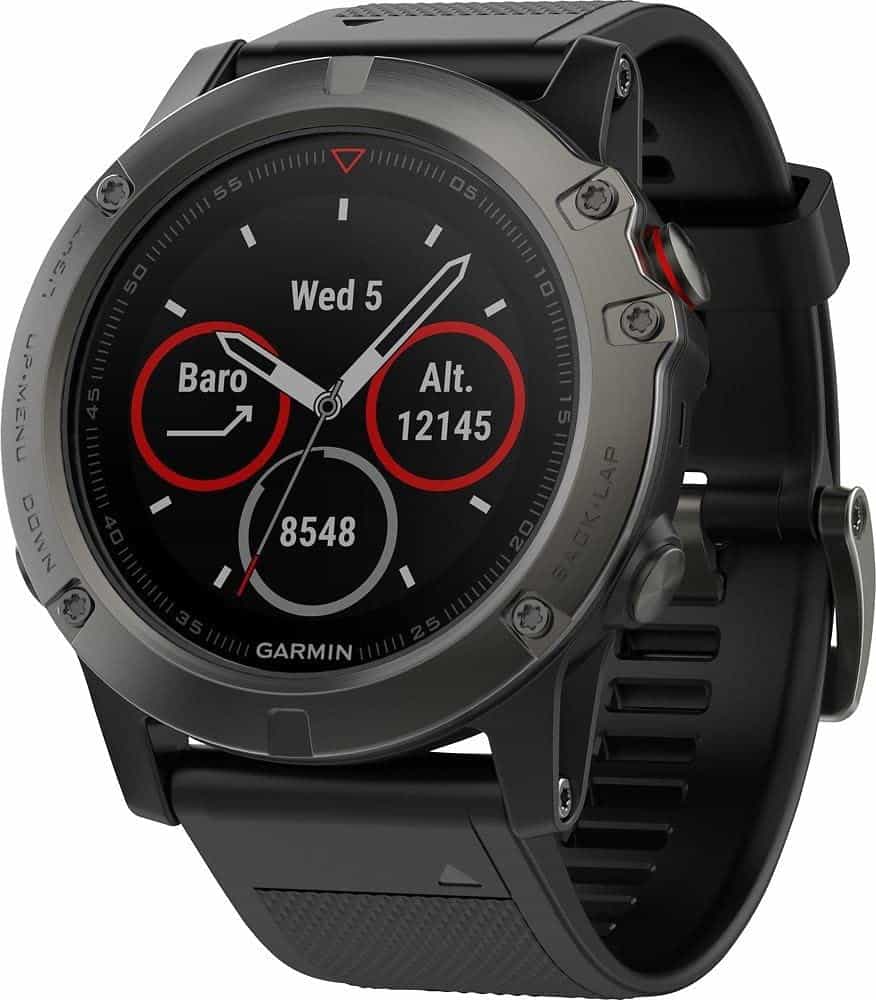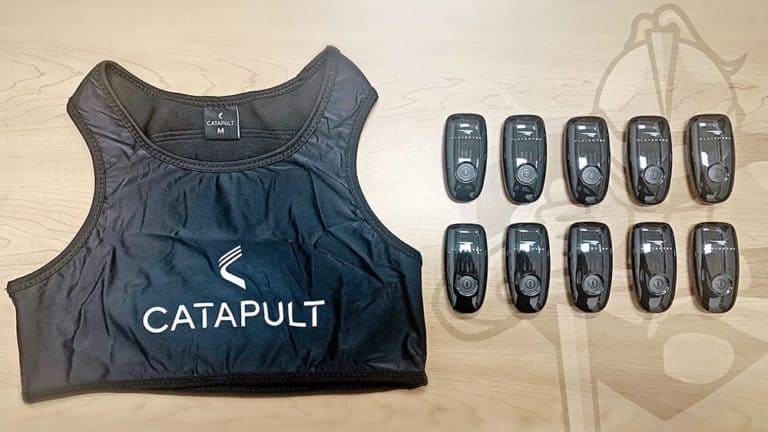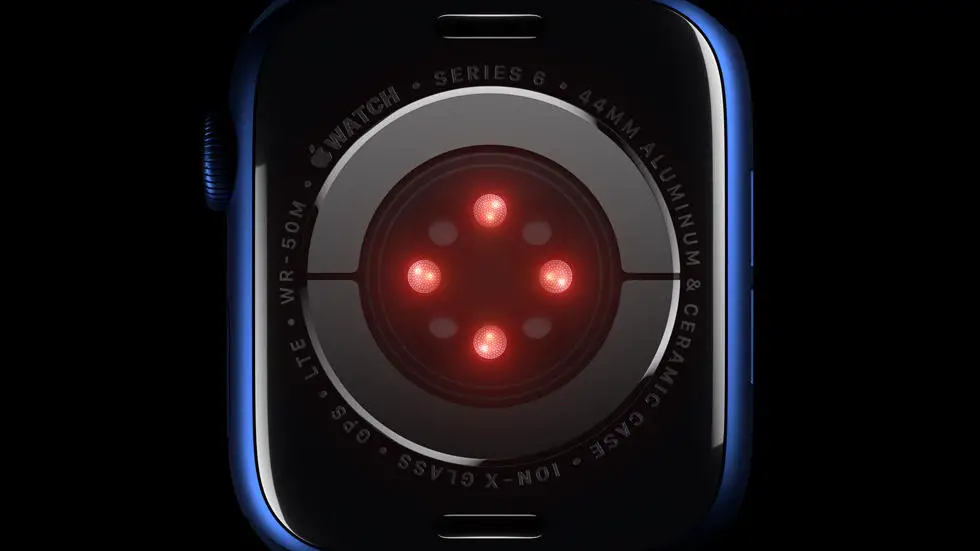Are you a fitness enthusiast who uses the Garmin Fenix 5 Plus to track your workouts and performance? Have you ever wondered how the device calculates your lactate threshold and what factors it takes into account? If so, you’re not alone. Many users of the Garmin Fenix 5 Plus are curious about the inner workings of the device and how it provides them with valuable data about their fitness levels.
As someone who works for a website that reviews thousands of wearable products, I have had the opportunity to test and analyze the Garmin Fenix 5 Plus extensively. I have delved into its features and capabilities to provide our readers with comprehensive insights into its functionality. Through my experience in the field, I have gained a deep understanding of how the device operates and the methods it uses to calculate important metrics such as lactate threshold.
In this article, I will explore the intricacies of how the Garmin Fenix 5 Plus calculates lactate threshold and provide you with a clear explanation of the process. I will draw on my expertise and knowledge of the device to offer you a solution to this common query. So, if you’ve been pondering over how the Garmin Fenix 5 Plus determines your lactate threshold, you’ve come to the right place. Let’s unravel the mystery together.
How Garmin Fenix 5 Plus Calculates Lactate Threshold?
Understanding Lactate Threshold
Lactate threshold, also known as anaerobic threshold, is the exercise intensity at which lactate begins to accumulate in the blood at a faster rate than it can be removed. This threshold is an important indicator of athletic performance and endurance.
Advanced Biometric Sensors
The Garmin Fenix 5 Plus is equipped with advanced biometric sensors that track various physiological metrics, including heart rate, oxygen saturation, and movement dynamics. These sensors work together to provide a comprehensive picture of the user’s fitness and performance levels.
Performance Metrics Analysis
The device uses complex algorithms to analyze the data collected from the biometric sensors and determine the user’s lactate threshold. By monitoring changes in heart rate, oxygen levels, and other key indicators during exercise, the Garmin Fenix 5 Plus can accurately calculate the point at which lactate accumulation occurs.
Integration of Training Load
In addition to calculating lactate threshold, the Garmin Fenix 5 Plus integrates training load data to provide personalized insights into the user’s fitness and recovery levels. This allows athletes to optimize their training programs and maximize their performance potential.
Real-time Feedback and Alerts
During workouts, the device provides real-time feedback and alerts based on the user’s lactate threshold. This enables athletes to adjust their training intensity and pacing to stay within their optimal performance zone and avoid premature fatigue.
Customizable Training Plans
Based on the calculated lactate threshold and training load data, the Garmin Fenix 5 Plus can generate customizable training plans tailored to the user’s specific fitness goals and performance levels. This feature helps athletes to plan and execute their workouts more effectively.
Enhanced Performance Monitoring
By accurately calculating lactate threshold and integrating training load data, the Garmin Fenix 5 Plus offers enhanced performance monitoring capabilities that enable athletes to track their progress, make informed training decisions, and ultimately improve their overall athletic performance.
FAQs
1. How does Garmin Fenix 5 Plus calculate lactate threshold?
Garmin Fenix 5 Plus uses a combination of heart rate data, pace, and power to estimate lactate threshold. It also takes into account factors such as temperature and altitude.
2. Can Garmin Fenix 5 Plus accurately determine lactate threshold?
While Garmin Fenix 5 Plus provides a good estimation of lactate threshold, it is important to note that individual variability and other external factors can affect the accuracy of the calculation.
3. What are the benefits of knowing lactate threshold during exercise?
Understanding lactate threshold can help athletes optimize their training and performance. It allows them to gauge their intensity levels and make adjustments to their workout routines.
4. Are there any limitations to Garmin Fenix 5 Plus’ lactate threshold calculation?
Garmin Fenix 5 Plus’ lactate threshold calculation may not be as precise as laboratory testing. Factors such as hydration, fatigue, and other individual differences can affect the accuracy of the estimation.
5. Can Garmin Fenix 5 Plus’ lactate threshold calculation be used for all types of athletes?
Garmin Fenix 5 Plus’ lactate threshold calculation is suitable for a wide range of athletes, including runners, cyclists, and triathletes. However, individual athletes may need to consider their specific training goals and needs when using this data.






